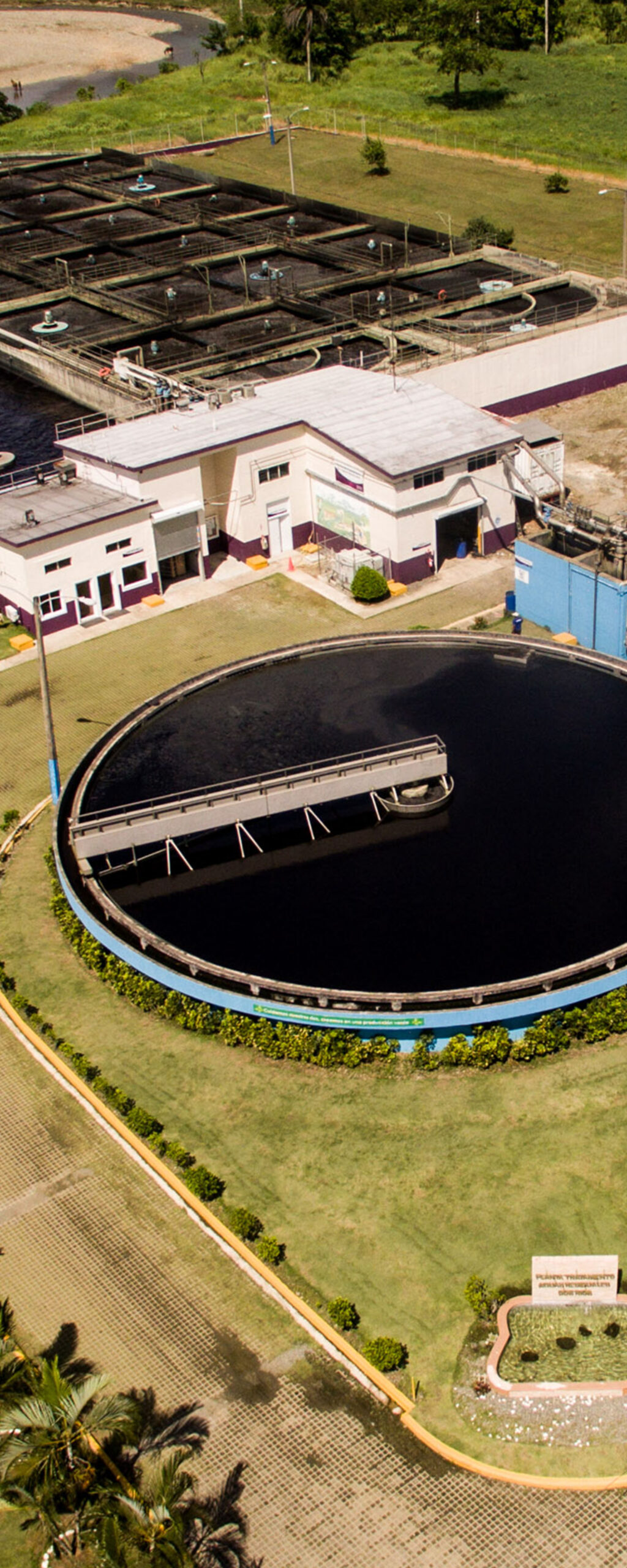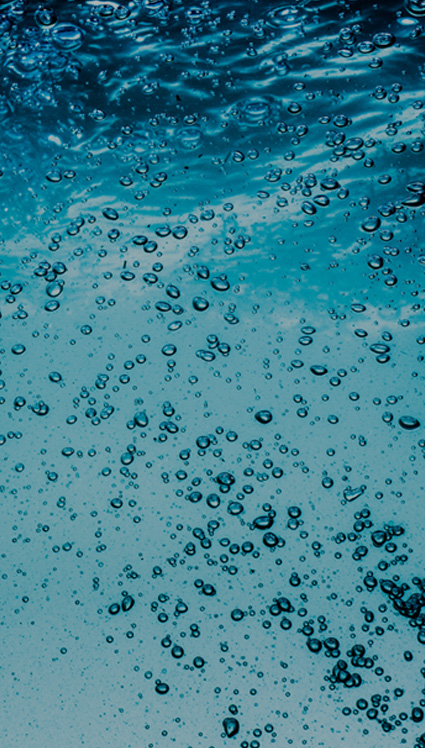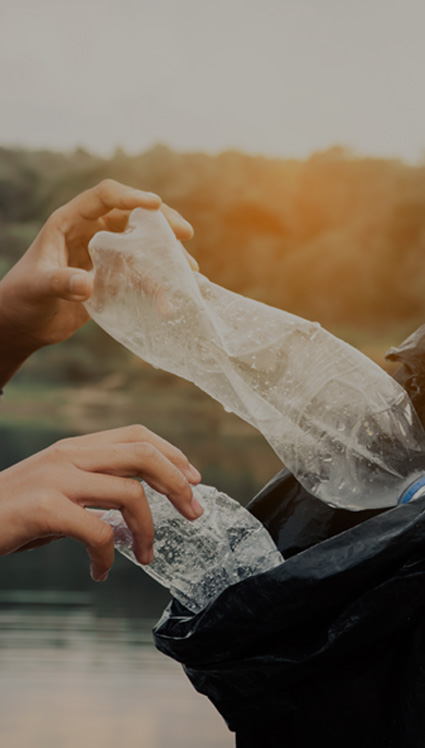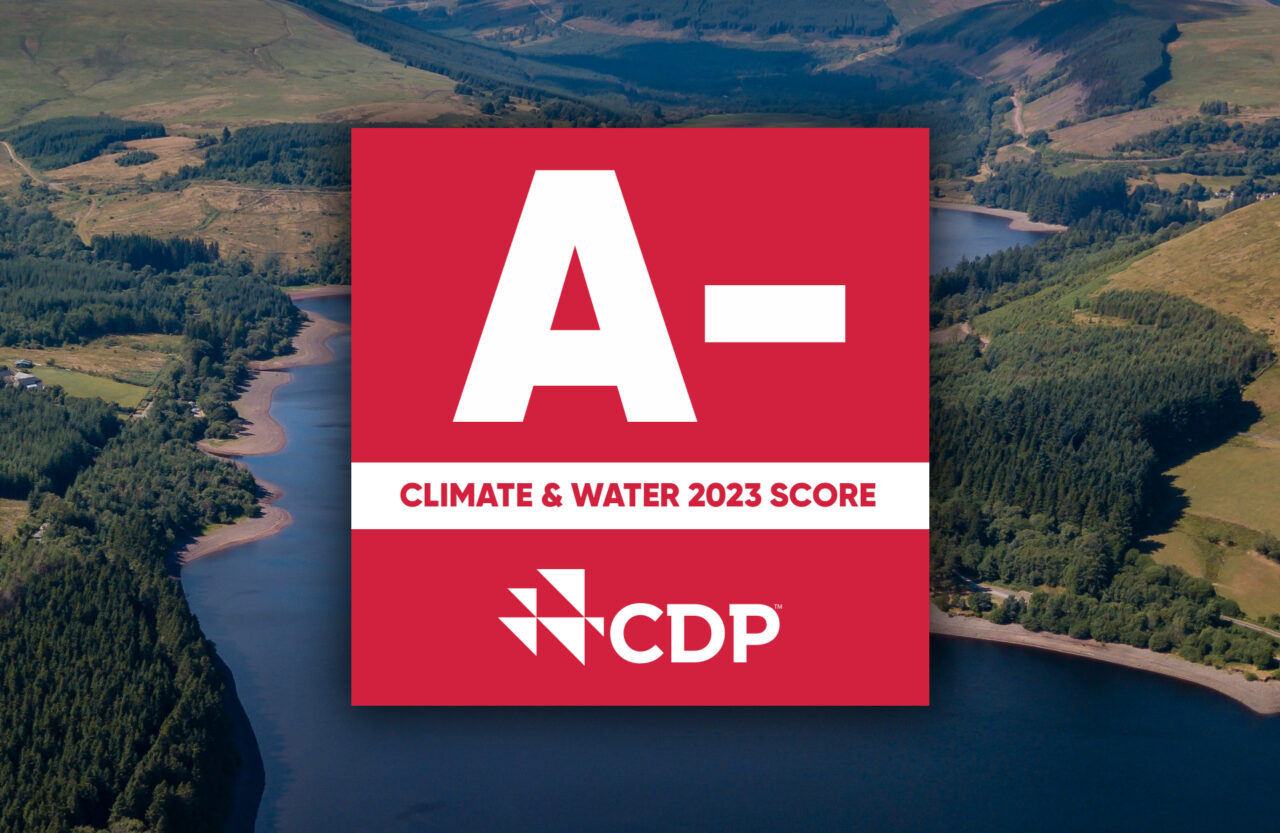Wastewater and Chemical Management
Why and How We’re Taking Action on Wastewater and Chemicals
We’re proud of our facilities and the communities where they are located.
That’s why HanesBrands has rigorous, industry-leading wastewater and chemical management programs at our owned facilities. These programs ensure that our products are made with safe and sustainable substances to protect our consumers, our employees, our communities and our shared environment.
We were one of the first companies to institute a comprehensive chemical management program way back in 1991. Since then, any chemical considered for use in our owned facilities, from research and development to the manufacturing of our products, must meet not only all legal requirements, but our high, self-imposed standards and receive advance corporate-level approval.
This chemical approval process carefully evaluates all potential chemical ingredients, excluding harmful substances from our manufacturing process from the start to help assure the safety of our products.
We maintain a detailed database of all chemicals used across our facilities with regulatory links to verify global compliance. Our comprehensive Restricted Substances List includes a broad spectrum of restricted chemicals, including non-regulated chemicals of concern.
We also require our suppliers to have chemical management systems and to abide by our Restricted Substances List. We specifically audit against these requirements.

To ensure the safety of our wastewater, we own and operate state-of-the-art wastewater treatment plants at our textile facilities. The picture to the right is the wastewater treatment plant at our Dos Rios facility in the Dominican Republic. We test wastewater daily at our on-site labs and work with third-party experts to evaluate our wastewater treatment systems to ensure we’re implementing leading practices.

To ensure chemicals and wastewater are managed properly throughout our business ecosystem, we also contractually require all suppliers of sourced products to meet our stringent standards.

To ensure the safety of our wastewater, we own and operate state-of-the-art wastewater treatment plants at our textile facilities around the world.
To ensure we’re holding ourselves accountable to the highest standards, HanesBrands has also committed to meeting the wastewater standards of the Zero Discharge of Hazardous Chemicals initiative by 2025. We have worked to model changes needed to fully meet the standards and will be further evaluating options and their cost implications in 2024.
The bottom line? Owning much of our manufacturing provides us direct oversight of the many environmental impacts of the manufacturing process. Very few in the apparel industry can say that.


HanesBrands partnered with The Sustainability Consortium, North Carolina State University, customers, other textile companies and other organizations in the Wastewater Challenge, designed to improve water quality associated with textile wastewater treatment processes. As part of the challenge, the group has developed a wastewater resource “toolbox” to provide educational materials to industry stakeholders on how to improve their wastewater management. The toolbox can be found at www.wastewater.sustainabilityconsortium.org.
HanesBrands partnered with The Sustainability Consortium, North Carolina State University, customers, other textile companies, and other organizations in the Wastewater Challenge, designed to improve water quality associated with textile wastewater treatment processes. As part of the challenge, the group has developed a wastewater resource “toolbox” to provide educational materials to industry stakeholders on how to improve their wastewater management. The toolbox can be found here

Discover more

Climate

Water

Waste

Climate

Water





